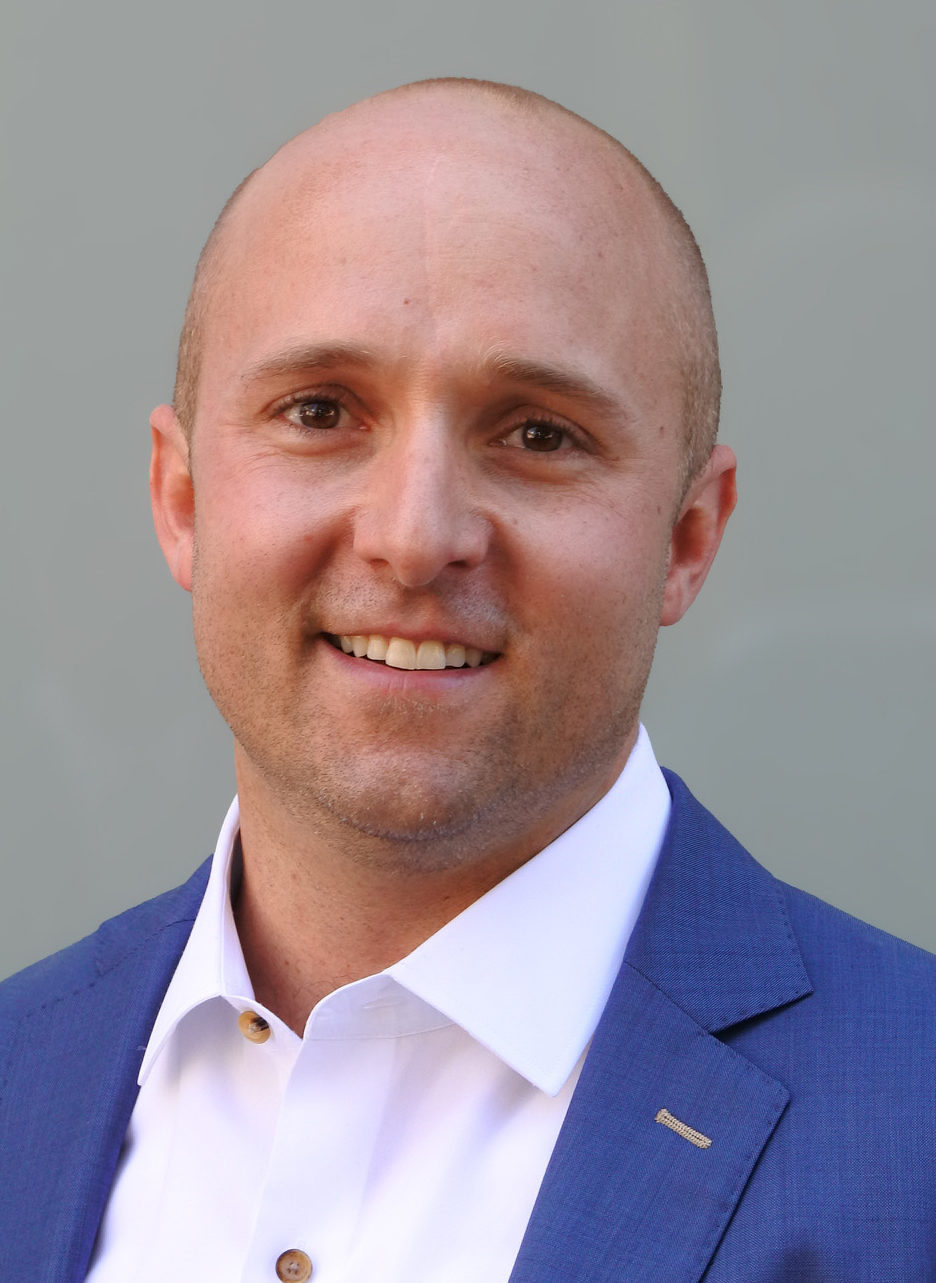HOME | ABOUT US | MEDIA KIT | CONTACT US | INQUIRE
HOME | ABOUT US | MEDIA KIT | CONTACT US | INQUIRE
Employers would be well-advised to seize control of health insurance cost-drivers.
 The United States is the only country in the world that forces employers to pay for the health insurance of their employees, and more than half of Americans are insured through an employer.
The United States is the only country in the world that forces employers to pay for the health insurance of their employees, and more than half of Americans are insured through an employer.
It goes without saying that employer health-insurance costs are out of control. To minimize those cost increases, companies have historically chosen some combination of paying more, making the health plan worse for the employees, or changing insurance carriers.

The standard health-insurance procurement process is a 12-month cycle that forces employers to react to the increases of insurance carriers. Companies focused on that annual decision effectively “kick the can” down the road for another year.
Instead of thinking about this in 12-month cycles, we should be making decisions today to reduce our costs three, five and even 10 years from now. Instead of focusing on the finance mechanism, companies should be focusing on that which they are ultimately responsible for: health care. By investing in better health care for their people, they would not only have healthier and happier workers, but would see a significant reduction in health-related costs over time.
The primary care provider is characteristically the fulcrum to the rest of the health-care system, managing the global health care of our families. This is where employers should focus to reduce their medical trend over time: providing better primary care.
If primary care is the fulcrum, why is average wait time across the country 24 days for a new patient to see a physician? This is a 30 percent increase from 2014. Further, why is the average appointment just 15 minutes long, after waiting for 20 minutes in the reception area?
Worse, there is a growing shortage in primary care. According to the Urban Institute, as of 2012, approximately 30 percent of primary physicians between the ages of 35-49 and 53 percent older than 50 were ready to quit practicing medicine. And only 2 percent of medical school graduates were entering the primary-care field.
To further compound the situation for employers, nearly every primary care practice today is in some way connected to, if not owned by, a large hospital system. And the hospital is certainly the most expensive place to receive medical care. If a primary-care practice is owned by a hospital, it only makes sense that the hospital would expect to receive referrals from its physicians. Why else would large hospital systems purchase primary-care practices other than to feed the larger system?
This is not at all to say that hospitals are bad and all primary-care practices, owned by a hospital or not, are bad. Both provide care and save lives every day. But in general, if our goal is to reduce the total cost of health insurance by improving health care, the decks are stacked against us if we are ultimately funneling everything into the hospital system.
One potential solution: investing in better primary-care relationships via concierge care or direct primary care.
We need to make an investment in independent physicians who have the time and resources to properly treat our families. We need to create a better experience than a 24-day wait and 20 minutes of time lost in a reception area.
Employers can achieve this by directly contracting with independent physicians or concierge care providers, creating their own near-site or on-site clinic, or joining a shared clinic with other employers.
According to Qliance, the 2nd-largest concierge-care practice in the U.S., after a 115 percent increase in primary care visits, emergency-room visits fell 59 percent, The number of days admitted to hospitals fell 30 percent, radiology exams fell 65 percent, surgeries declined by 80 percent, and specialty-care referrals fell 62 percent.
This saved Qliance’s clients an estimated $1,426 per patient, compared to the traditional fee-for-service model. We cannot miss the first point: it takes an investment in primary care to reduce the other medical claims drivers.
In the Kansas City market, national insurance companies are starting to build multiple primary-care clinics across the city for their insurance plan members.
Most large companies in Kansas City have had direct primary-care relationships for years. Not until recently have small to mid-size employers been able to invest in such primary-care relationships.
Companies that elect to partially self-insure their health insurance actually reap the reward of reduced claims from investing in primary care. Pareto Captive Services is also building several primary-care “wellness centers” for their self-insured members locally. The clinics offer members perks, such as no wait time, free visits to all health plan members, and the top 100 generic drugs available on site at no additional charge.
It seems contrary to logic to pour money into something that is seemingly spiraling out of control—but the metrics speak for themselves.